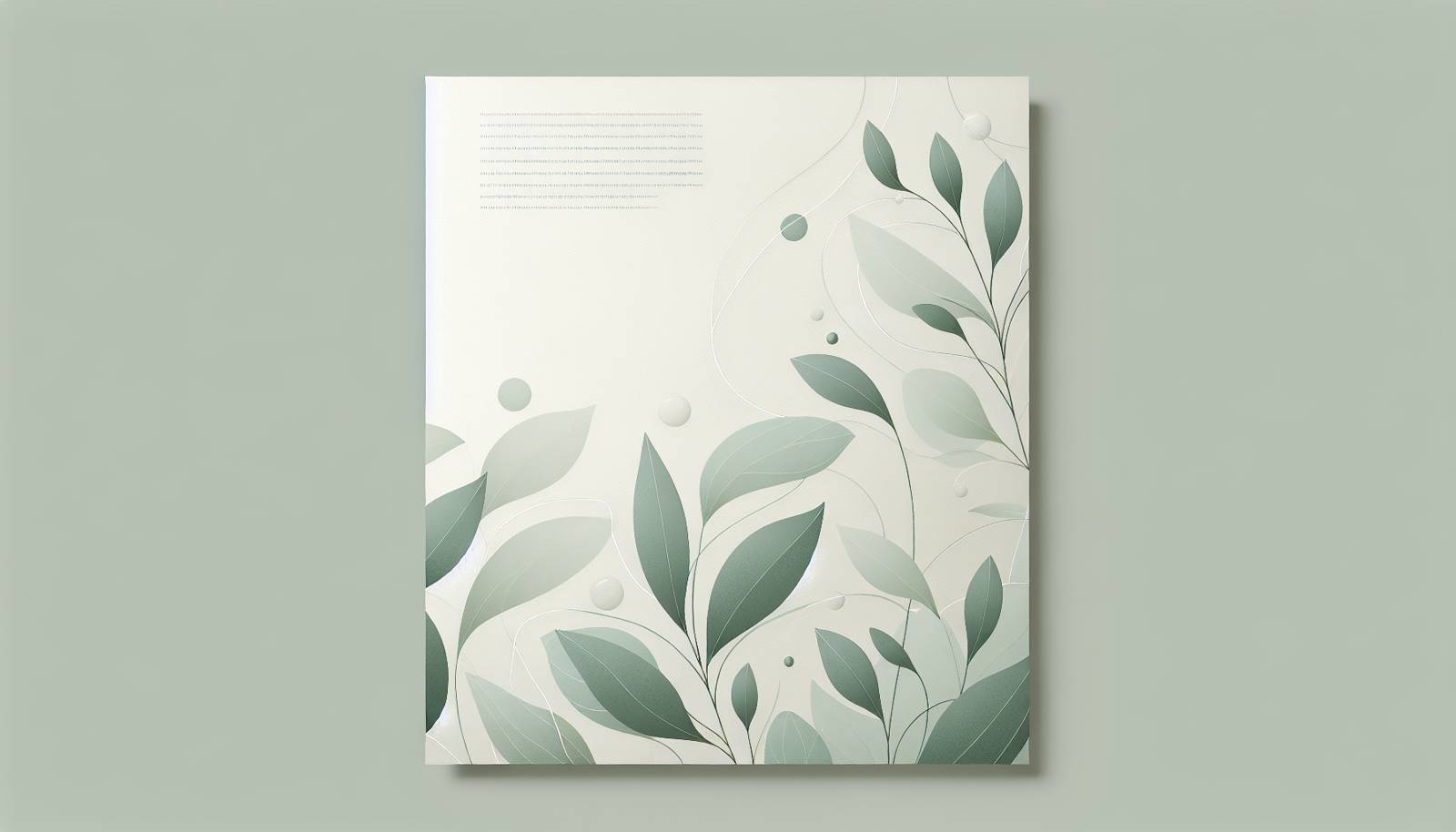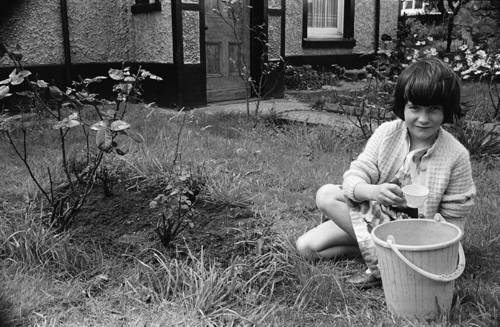
FAQ About Indoor Plant Minimalist Watering Techniques

What are minimalist watering techniques for indoor plants?
Minimalist watering techniques involve simplifying the process of hydrating indoor plants by focusing on efficiency and effectiveness. This approach emphasizes watering only when necessary, using techniques such as drip irrigation, self-watering pots, and detailed observation of soil moisture levels. The goal is to provide optimal hydration with minimal effort and water wastage.

How can I tell when my indoor plant needs water?
To determine when your indoor plant needs water, check the top 1-2 inches of soil with your finger. If it feels dry, it's time to water. Additionally, consider using a moisture meter for a more precise measurement. Observing the plant's leaves for signs of dehydration, such as wilting or curling, can also indicate a need for watering.

What is the role of soil in minimalist watering techniques?
Soil plays a crucial role in minimalist watering techniques as it influences moisture retention and drainage. Well-aerated, high-quality potting soil helps maintain balanced moisture levels, reducing the need for frequent watering. Choose soil mixes that suit specific plant needs and improve moisture management, aligning with minimalist principles.

How does drip irrigation benefit indoor plants?
Drip irrigation benefits indoor plants by delivering water directly to the root zone, minimizing water waste, and preventing overwatering. This technique allows for consistent moisture levels and can be automated, making it a key component of minimalist watering strategies by simplifying the watering process and ensuring plants receive adequate hydration.

What are self-watering pots, and how do they work?
Self-watering pots are containers with a built-in water reservoir at the base. They allow plants to absorb water as needed through wicking mechanisms. This design supports minimalist watering principles by ensuring plants receive a steady supply of water, reducing the need for frequent manual watering.

Can overwatering occur with minimalist techniques?
While minimalist techniques aim to prevent overwatering, it can still occur if irrigation systems are mismanaged, or plants are not monitored correctly. It's important to regularly check the soil moisture and adjust watering schedules based on the plant's needs and environmental conditions.

What are the main benefits of minimalist watering for indoor plants?
Minimalist watering provides several benefits, including reduced water usage, less time spent on maintenance, and healthier plants due to optimal hydration. This approach decreases the risk of overwatering and conserves water resources, aligning with sustainable gardening practices.

How often should I water my indoor plants using minimalist techniques?
The frequency of watering with minimalist techniques depends on the type of plant, its size, and environmental conditions such as light and humidity levels. Generally, it involves watering less frequently but more effectively, ensuring the plant receives optimal hydration without being overwatered.

Are there any indicators of overwatering aside from wet soil?
Indicators of overwatering include yellowing leaves, root rot, fungal growth on the soil surface, and poor plant growth. Pay attention to these signs to adjust your watering routine, especially when using minimalist techniques to ensure proper hydration without excess.

What is the impact of indoor humidity on watering requirements?
Indoor humidity affects watering requirements as higher humidity levels can decrease the rate of soil drying, reducing the need for frequent watering. Conversely, low humidity environments may require more frequent watering. Monitoring humidity levels can help in applying minimalist watering techniques effectively.

How do I incorporate technology into minimalist watering methods?
Incorporating technology can enhance minimalist watering methods through devices such as smart moisture sensors and automated drip irrigation systems. These technologies allow for more precise control over watering schedules, ensuring plants receive the right amount of water at the right time, reducing manual effort.

What types of plants benefit most from minimalist watering techniques?
Plants that tolerate dry conditions, such as succulents and cacti, particularly benefit from minimalist watering techniques as these require less frequent watering. However, most indoor plants can adapt to these methods when properly monitored and adjusted to their specific needs.

How can I avoid overwatering my plants in a humid environment?
To avoid overwatering in a humid environment, ensure good air circulation, use well-draining soil, and allow the top layer of soil to dry before re-watering. Adjust watering schedules according to the moisture retention capabilities of the soil and the specific needs of the plant.

Can I still use minimalist watering techniques for plants that need more water?
Yes, minimalist watering techniques can be adapted for plants requiring more water by increasing the frequency while still emphasizing efficient water use. Understanding each plant's specific moisture needs and adjusting your approach accordingly can ensure that even thirsty plants are well-hydrated.

Is there a risk of underwatering with minimalist techniques?
There is a risk of underwatering if the watering frequency or amount is too low for the plant's needs. To avoid this, regularly check the soil's moisture level and observe the plant's health for signs such as wilting or slow growth, adjusting your watering practices accordingly.

How can I balance minimalist watering with plant health during seasonal changes?
To balance minimalist watering with plant health during seasonal changes, adjust the frequency and amount of water based on temperature, light exposure, and humidity variations. Plants often require less water during cooler months and more during warm, dry periods.

Why is consistent watering important in minimalist techniques?
Consistent watering is important in minimalist techniques because it prevents stress on the plants due to fluctuating moisture levels. Maintaining a steady hydration schedule aligned with the plant’s natural growth patterns promotes healthy root development and overall plant vigor.

How do plant containers affect watering needs in minimalist gardening?
Plant containers impact watering needs as materials like clay and terracotta can wick moisture away faster than plastic or glazed pots, affecting soil moisture retention. Choosing appropriate containers can complement minimalist watering by ensuring proper drainage and moisture levels.

What are common challenges when starting minimalist watering for indoor plants?
Common challenges include understanding each plant's unique water needs, adjusting to changing environmental conditions, and preventing overwatering or underwatering. Familiarizing yourself with plant-specific guidelines and observing your plants regularly can help overcome these issues.

What are some signs that minimalist watering is benefiting my plants?
Signs that minimalist watering benefits your plants include healthy growth, vibrant foliage, strong root systems, and fewer incidences of mold or root rot. Consistent, appropriate watering typically results in plants that are visually thriving and resilient.
